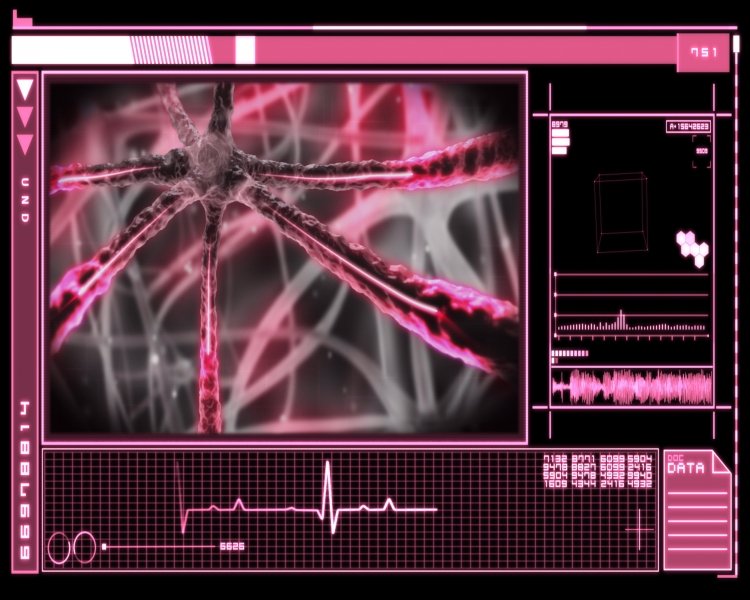Stem cell research is one of the areas at the very cutting edge of scientific developments in health. The use of stem cells – which are undifferentiated cells that can go on to become specialised cells – means researchers are able to manipulate and guide the development of the tissue of the cells to alleviate health problems. The science of stem cell research is constantly evolving and providing new remedies all the time. These are some of the significant recent breakthroughs. DiabetesResearchers at Harvard University have used stem cells to engineer insulin-producing cells. This result could mean that, in the future, such cells could be transplanted into people suffering type-1 diabetes to alleviate their symptoms. Type-1 diabetes is the most common form of the disease in children, so this breakthrough offers real hope for future generations of potential sufferers from the disease – which is likely to be a key disease in coming decades as rates of obesity – a major contributing factor to the development of diabetes – grow.LamininScientists at Swedish company Biolamina have developed a product, laminin that is beneficial to other researchers in the stem cell field – a matrix that provides an environment for the cultivation of augmented stem cells. The feeder- and xeno-free system allows all types of cell, all except placenta and embryo cells, to be cultured uninhibited.Alzheimer’sWork at Northwestern University outside Chicago has used stem cells to make human brain cells. This has the potential not only for future transplantation into sufferers of Alzheimer’s and other degenerative brain conditions, but also, in the shorter term, to provide material with which to test alleviating drugs for the condition.BoneIn Australia, at the University of Queensland, scientists have recently perfected the method to produce adult stem cells that can be utilised to repair bone. It offers the potential to replace the harvesting of bone marrow to treat skeletal conditions, a procedure that is very invasive. Transplanting such stem cells would negate the need for the procedure, and allow for a more accurate match of cells to the patient’s condition.BlindnessAt the Riken Center for Developmental Biology in Japan, scientists have recently used stem cells for mouse embryos to create a retina. This is a very complex form of stem cell manipulation as the retina is, in essence, in three dimensions, and could, in time, offer the possibility of retina replacement in humans suffering blindness and other ocular conditions.
DiabetesResearchers at Harvard University have used stem cells to engineer insulin-producing cells. This result could mean that, in the future, such cells could be transplanted into people suffering type-1 diabetes to alleviate their symptoms. Type-1 diabetes is the most common form of the disease in children, so this breakthrough offers real hope for future generations of potential sufferers from the disease – which is likely to be a key disease in coming decades as rates of obesity – a major contributing factor to the development of diabetes – grow.LamininScientists at Swedish company Biolamina have developed a product, laminin that is beneficial to other researchers in the stem cell field – a matrix that provides an environment for the cultivation of augmented stem cells. The feeder- and xeno-free system allows all types of cell, all except placenta and embryo cells, to be cultured uninhibited.Alzheimer’sWork at Northwestern University outside Chicago has used stem cells to make human brain cells. This has the potential not only for future transplantation into sufferers of Alzheimer’s and other degenerative brain conditions, but also, in the shorter term, to provide material with which to test alleviating drugs for the condition.BoneIn Australia, at the University of Queensland, scientists have recently perfected the method to produce adult stem cells that can be utilised to repair bone. It offers the potential to replace the harvesting of bone marrow to treat skeletal conditions, a procedure that is very invasive. Transplanting such stem cells would negate the need for the procedure, and allow for a more accurate match of cells to the patient’s condition.BlindnessAt the Riken Center for Developmental Biology in Japan, scientists have recently used stem cells for mouse embryos to create a retina. This is a very complex form of stem cell manipulation as the retina is, in essence, in three dimensions, and could, in time, offer the possibility of retina replacement in humans suffering blindness and other ocular conditions.